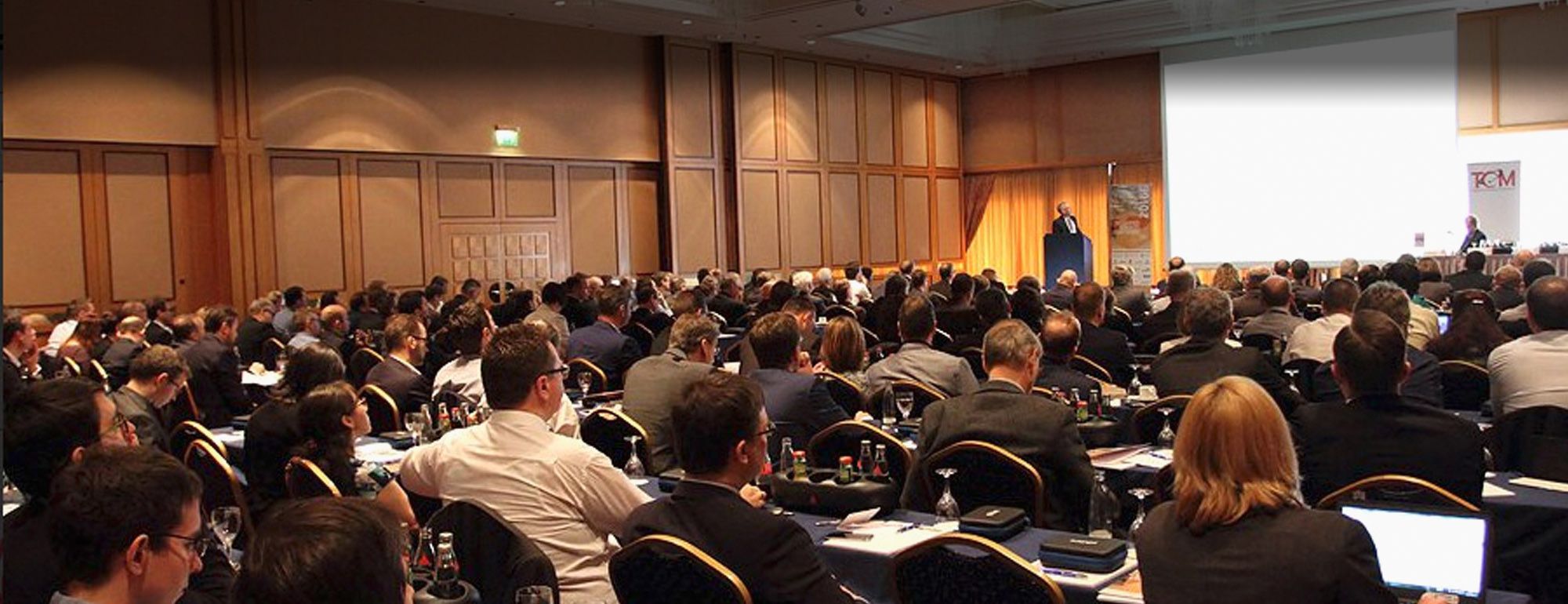
For conferences, interviews or annual reports,
we meet all your language needs.

For conferences, interviews or annual reports,
we meet all your language needs.

For conferences, interviews or annual reports,
we meet all your language needs.

For conferences, interviews or annual reports,
we meet all your language needs.
SERVICES
Interpreting
You are organizing an event and are in need of interpreting – FF-Translations is the ideal partner for you.
We draw on our years of experience to provide you with exactly the right services that meet your language needs:
-
We help you select the right interpreting mode (simultaneous, consecutive, whispered, liaison or RSI)
-
We advise you on the required equipment (interpreting booths, bidule [tour-guide interpreting system], microphones, etc.)
-
We put you in touch with our partner company for interpreting equipment
-
We recruit a highly qualified team of interpreters from our network of colleagues covering all major European languages

- What exactly is interpreting?
- What makes for a good interpreter?
- How are interpreting fees calculated?
- What kind of conference interpreting equipment do I need?
- What kinds of interpreting are there?
Our linguistic competence, experience and thorough terminology preparation will help make your event a success.

While working, interpreters are actively listening to the speaker, then analyzing and mentally restructuring the original message. The final product is the faithful oral reproduction of the message in the target language. This requires interpreters to use their short-term memory to prioritize and organize information in real time. In simultaneous interpreting these processes are all taking place at the same time, often requiring interpreters to anticipate what the speaker is going to say next. This is particularly important when interpreting from German into English, for example, because German verbs often don’t come until the end of the sentence.

Interpreters have exceptional language skills (in both source and target languages), and they have usually acquired these skills from a university or college degree program. Broad-based knowledge in a wide variety of areas, refined intercultural skills and a high level of concentration are also important job requirements. Good interpreters are also highly resilient and are able to keep their cool even in high-pressure situations.

Interpreting services are generally charged on a half-day basis (up to four hours of working time) or a full-day basis (up to eight hours of working time, including the breaks that are customary at full-day conferences). It should be noted that interpreters are entitled to hold the copyright and exploitation rights to their own interpretation. For this reason, any sound recording of the interpretation for future reference (e.g., on a website) is subject to a separate fee.

We are experts in interpreting. That is why we leave conference interpreting equipment to the technical experts. We would be happy to recommend an equipment company, who has been our reliable partner for many years, upon request.
What kinds of interpreting are there?
Simultaneous interpreting, often called conference interpreting, is a highly complex process in which speech is transmitted into another language in near real time. During simultaneous interpreting, interpreters are actively listening while analyzing, restructuring and reproducing the original information in the target language. This process requires the utmost attention and concentration, which is why two simultaneous interpreters usually sit in a soundproof interpreting booth and work in turns.
Whispered interpreting, also called chuchotage, is a special form of simultaneous interpreting for one to two listeners at most. The interpreter sits or stands in the very close vicinity of the person for whom the interpretation is being provided and whispers the interpretation to that person. The biggest disadvantage is that interpreters are unable to hear the original speech very clearly. (They work without a headset and are unable to block out all the background noise in the room, which they hear in addition to the speaker and their own voice.) The other participants in the meeting/conference also often find the interpreter’s constant whispering distracting and bothersome.
This form of interpreting is suitable for city tours, factory visits or museum visits for smaller groups. With these mobile equipment solutions, the listeners wear headphones with small receivers and the interpretation is spoken into a wireless microphone. By no means should a tour-guide interpreting system be used as a substitute for interpreting booths at larger events. The disadvantages are the same as for whispered interpreting (background noise, bothersome distractions for other participants).
Consecutive interpreting is the oral transmission of a speech following the delivery of the original text, usually with the help of notes. The interpreter’s note-taking technique serves as a memory aid and is ideally not language-related and therefore not to be confused with shorthand. The number of consecutive interpreters required depends on the level of difficulty and the duration of the assignment. Consecutive interpreting is primarily suitable for table speeches and welcoming speeches, weddings, bilateral negotiations, etc. The interpreters are more noticeably involved in the communication process as they are also present on stage or at the negotiating table, etc. The biggest disadvantage, however, is the time factor: As the interpreting process takes place separately from the original speech, interpreting in consecutive mode effectively doubles the time required for the event.
RSI is the term used for conference interpreting in simultaneous mode via special video conference interpreting platforms. Participants, speakers and interpreters do not all have to be in the same place. They can be distributed across a number of locations, making possible a variety of solutions. If the entire interpreting team is working in the same place in conventional booths and is supervised by conference interpreting technicians, this is called a hub. This is the most reliable solution and also the most secure (in terms of data protection). However, another possibility is having the team interpret via RSI platforms from their home offices. A number of aspects must be taken into account to ensure the success of interpretation using RSI platforms. When in doubt, we would be happy to advise you.









